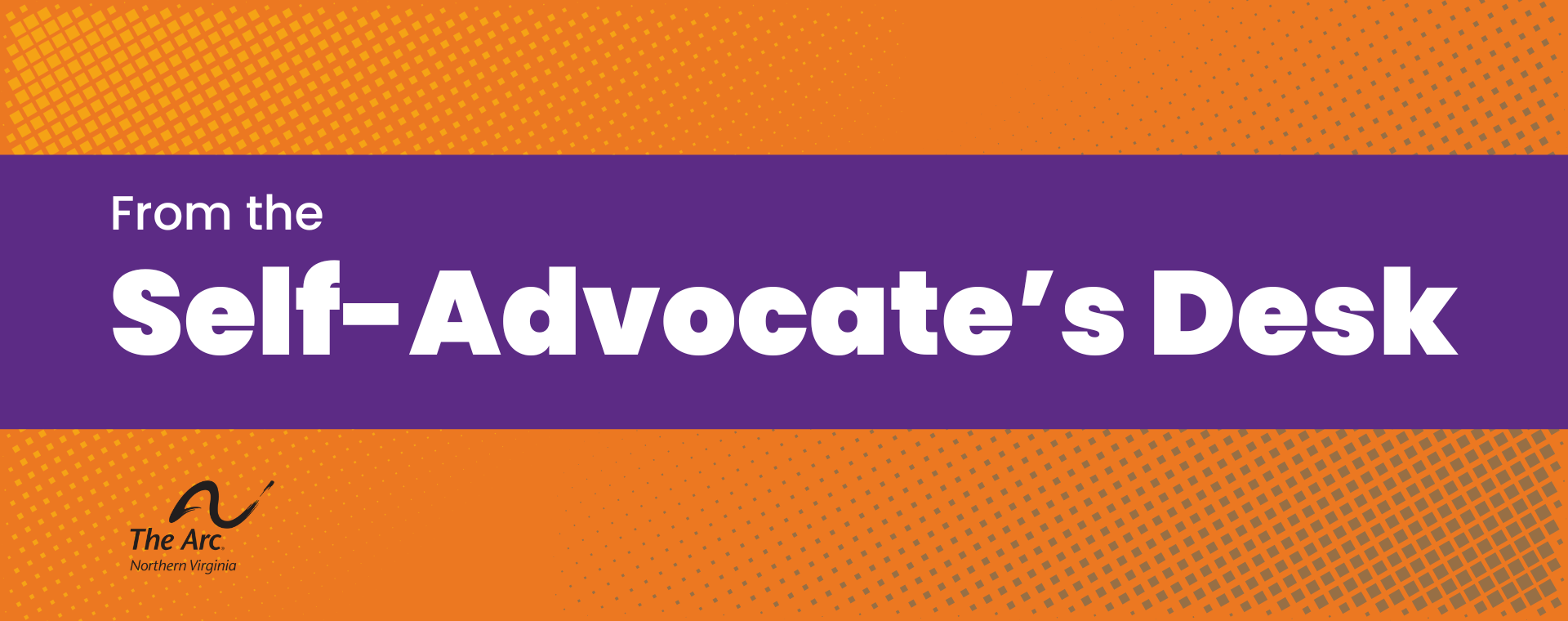A Life in Paradox
Have you ever felt trapped between being yourself and being “acceptable” to the world around you? For autistic people, this tension is constant. Navigating social spaces whether at work, in school, or with friends often feels like performing a delicate balancing act, where every choice carries risk. Speak authentically, and risk misunderstanding; mask your true self, and lose connection with your own identity.
I recall a meeting at work where this tension was almost tangible. I had prepared a detailed plan for a project, relying on my natural precision and focus. As I spoke, colleagues interpreted my thoroughness as inflexibility. I tried to soften my tone, adjust gestures, and mimic conversational patterns I thought were expected. By the end, I was left wondering whether I was valued for my ideas or for my ability to perform social acceptability.
This paradox of the autistic double bind is not a personal failing, but a predictable outcome of environments designed for neurotypical norms. Understanding how masking, communication mismatches, and societal expectations intersect can illuminate the real cost of this paradox and suggest paths toward change.
Masking and the Cost of Inauthenticity
Have you ever rehearsed what to say before speaking, monitored every facial expression, or hidden discomfort just to be “acceptable”? This is masking, a survival mechanism many autistic people adopt from childhood. While it may smooth social interactions, it comes at a deep cost: identity distortion, loneliness, and emotional exhaustion.
I often find myself predicting reactions and adjusting my responses before I even speak. At social events, I might laugh at jokes I don’t find funny or suppress a sudden sensory overwhelm. Over time, the line between self and performance blurs. Questions arise: Am I liked for who I am, or for the persona I project?
The consequences are real. Chronic stress, burnout, and feelings of fraudulence are common. Research shows that prolonged masking correlates with anxiety, depression, and increased risk of suicidality. Masking is not neutral labor—it is a daily emotional and cognitive cost imposed by a world that values conformity over authenticity.
The Double Empathy Problem: Reframing Deficit as Difference
What if the problem isn’t with autistic people at all, but with how we interpret each other across neurotypes? Historically, autism has been framed as a deficit. The “Theory of Mind” model suggested that autistic individuals inherently lack empathy or understanding. Damian Milton’s Double Empathy Problem challenges this view: misunderstandings are mutual, arising from differences in neurotype, not from deficiency.
I experience this truth frequently. Conversations with autistic peers flow naturally. Directness, silences, and intense shared interests are understood without judgment. By contrast, cross-neurotype interactions often demand careful monitoring of tone, words, and gestures. Clarity can be perceived as bluntness, literal statements as coldness.
Autism is not a deficit, it is a difference in communicative culture. Recognizing this shifts responsibility from autistic individuals to society at large, reframing misunderstandings as mismatches rather than failures.
How the Double Bind Fuels the Empathy Gap
Have you ever noticed how people assume “everything is fine” when someone appears composed? Masking can create that illusion. When autistic individuals suppress authentic behaviors, neurotypical observers rarely witness their true experiences. The resulting comments, “You don’t seem autistic at all” can feel validating yet simultaneously erasing.
I remember such a comment from a colleague. On the surface, it was meant as praise. Beneath it, though, lay the erasure of years of effort, planning, and emotional labor, the hidden toll of masking.
This concealment perpetuates misunderstanding and reinforces the deficit model. By hiding authentic behaviors, autistic people unintentionally contribute to the empathy gap. Misunderstandings persist, and the burden of adaptation remains one-sided. The double bind is not personal; it is systemic, a predictable outcome of neurotypical-centric environments.
The Human Cost of the Cycle
What does it feel like when masking, stress, and expectation accumulate? Burnout. Emotional exhaustion. Cognitive slowdown. Previously manageable tasks in social interaction, work, self-care, become overwhelming.
Chronic stress and shame compound over time: shame for needing accommodations, shame for failing to conform, shame for being misunderstood. The stakes are tangible. Professional environments may penalize authenticity; social environments may punish behaviors that reveal difference. These outcomes are not failures of character, they are the predictable effects of systemic inaccessibility.
Understanding this cost reframes the narrative: autistic people are not inherently fragile or deficient. The strain comes from the world’s rigid expectations, not from our neurotype.
Envisioning a Neuro-Inclusive Culture
What if authenticity were safe? What if the world adapted to embrace difference rather than demand conformity? In schools, multiple communication styles and sensory accommodations could become the norm. Teachers might ask, “What helps you thrive?” rather than impose uniform expectations.
Workplaces could embrace written agendas, predictable schedules, quiet spaces, and flexible hours. Managers might follow “Ask First” protocols: checking preferences, assuming competence, and accommodating communication styles. Socially, simple questions “Would you like me to explain this differently?” could transform interactions, reducing the need for masking and fostering understanding.
Imagining such a culture brings relief. Meetings where I can speak plainly, social gatherings where my sensory needs are respected, classrooms that recognize my strengths, these scenarios are achievable with intentional change. This vision aligns with universal design and the neurodiversity paradigm: difference is not a deficit, but a dimension of human variation that environments can accommodate.
Toward Mutual Curiosity
The double bind of the “damned if you do, damned if you don’t” reality reveals societal misalignment rather than individual limitation. Shifting this paradigm requires shared responsibility. Inclusion is not achieved when autistic people simply conform; it is achieved when systems flex to accommodate difference.
Small, actionable steps structured meetings, inquiry-driven communication, sensory-friendly spaces, signal respect, reduce masking, and foster understanding. Toward mutual curiosity lies a hopeful vision: spaces where autistic people are seen and understood on their own terms, authenticity is safe, and difference is celebrated.
Autism is not a deficit to be corrected; it is a difference to be respected. Recognizing this opens the door to richer human connection, reduced invisible burdens, and a society where all neurotypes can coexist authentically.
Thank you for taking the time to engage with this piece. By reading, reflecting, and considering how your words, actions, or policies might impact autistic individuals, you are already participating in the shift toward a more inclusive, understanding, and compassionate world. Every gesture of curiosity and empathy helps close the gaps that have too long been left unaddressed. Your attention matters, thank you for helping make authenticity safe.
Warm regards,
Ian Allan
Self-Advocate for The Arc of Northern Virginia
Ian Allan is a self-advocate with a deep commitment to policy literacy, systems change, and disability justice. Through The Arc of Northern Virginia, he works to ensure that people with intellectual and developmental disabilities are not merely served by systems, but are actively shaping them.

